Travel Tips
Places That Are Actively Trying to Kill You
- /home/discountdealsonh/public_html/wp-content/plugins/mvp-social-buttons/mvp-social-buttons.php on line 27
https://www.discountdealsonhotels.com/wp-content/uploads/2017/08/places-trying-to-kill-you-danakil-desert.jpg&description=Places That Are Actively Trying to Kill You', 'pinterestShare', 'width=750,height=350'); return false;" title="Pin This Post">
- Share
- Tweet /home/discountdealsonh/public_html/wp-content/plugins/mvp-social-buttons/mvp-social-buttons.php on line 69
https://www.discountdealsonhotels.com/wp-content/uploads/2017/08/places-trying-to-kill-you-danakil-desert.jpg&description=Places That Are Actively Trying to Kill You', 'pinterestShare', 'width=750,height=350'); return false;" title="Pin This Post">
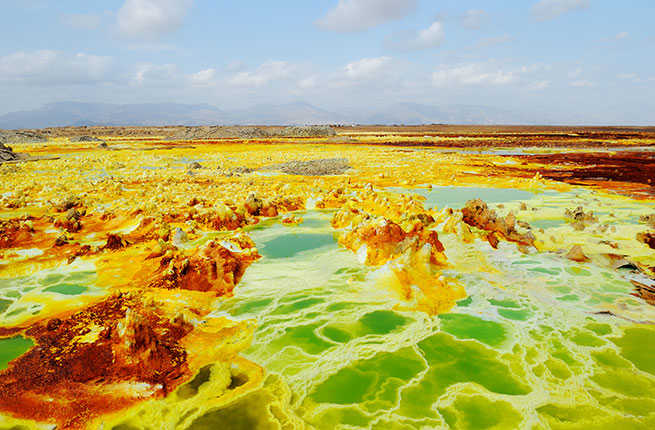
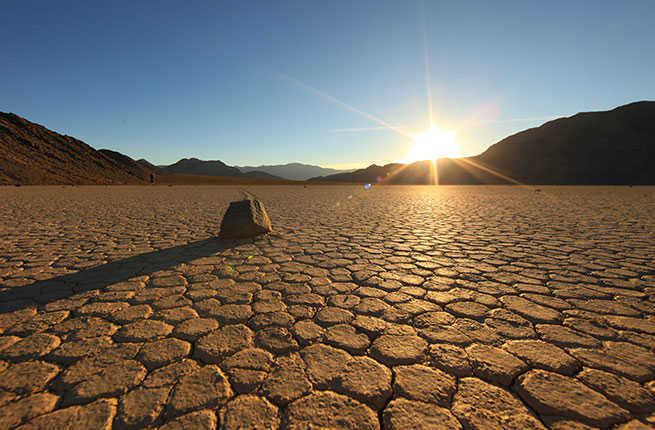
Death Valley
California
Death Valley is Earth’s oven. It’s the hottest location on earth, and holds the record for highest temperature ever recorded (134 degrees Fahrenheit). You will literally only survive 14 hours here without water. If you want to go someplace similar but where you are less likely to die, try visiting Phoenix, Arizona in the summer instead. It’s similar.
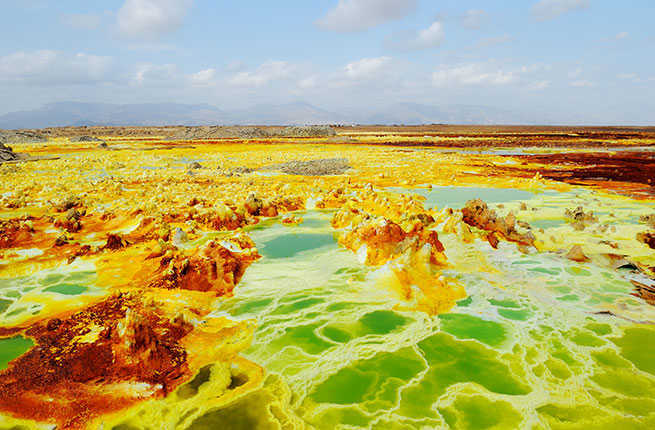
The Danakil Desert
Eritrea
Located 100 meters below sea level, this beautiful hellscape has everything from geysers that spit toxic gas to active volcanoes—and it’s usually around 120 degrees. You are actually not allowed to explore this place without an experienced guide, and honestly, you probably shouldn’t at all. Nope. Too scary.

Snake Island
Brazil
Oh, come on. You want to go somewhere called “Snake Island,” do you? Are you Dwayne “The Rock” Johnson? Are you literally made of stone and therefore unable to be harmed by snakes? Listen, this place is actually referred to as “the most dangerous place on the planet” because it basically has piles of the most venomous snake on the planet, the Bothrops snake, covering the entire island (not kidding—there are an estimated five snakes per every square meter). Also, you’re legally not allowed to step foot there, so unless you’re an adventurer who wants to go to jail, but most likely will die first, you should probably hang back.

Mount Thor
Nunavut, Canada
This is the greatest vertical drop on Earth, measuring at 1250 meters, with an inward angle of 105 degrees. This cliff is terrifying. It is trying to kill you simply by existing. Look at it. It is very tall. Don’t go up there!
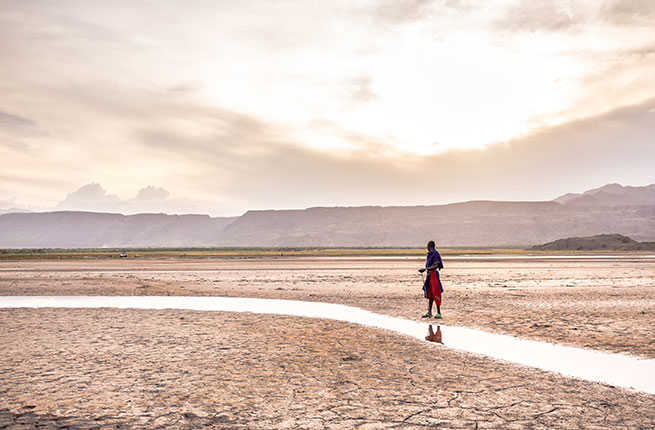
Lake Natron
Tanzania
This lake in Tanzania is covered in an alkali salt crust, and is an extremely beautiful sight to behold. Also, fun fact, all living creatures die just by coming into contact with it at all. If you’re a bird or a bat that has accidentally confused the lake for a nice place for a hot bath, you will die. Does that still sound beautiful to you? Didn’t think so.
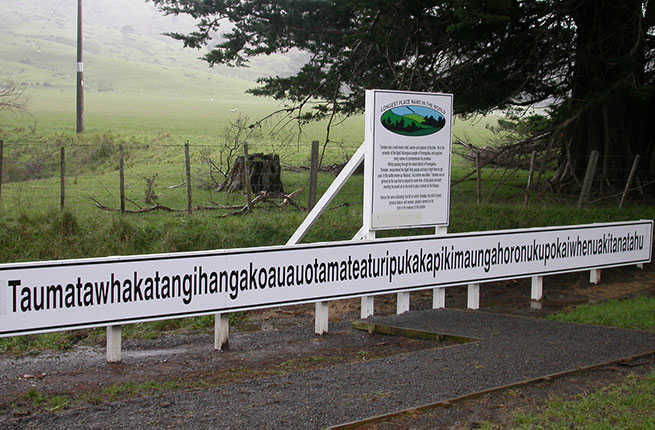
Taumatawhakatangihangakoauauotamateaturipukakapikimaungahoronukupokaiwhenuakitanatahu
New Zealand
This place isn’t dangerous, but you’ll probably die before beig able to pronounce it correctly.
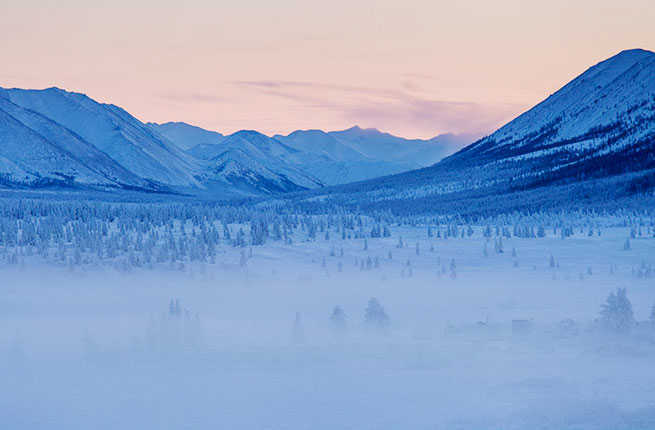
Oymyakon
Russia
Located in a remote corner of Siberia, this is the coldest town on the planet earth. During the winter, it’s dark for 21 hours a day, and usually around -58 degrees Fahrenheit. If you live here, you regularly consume frozen meat. Oh, and one time in 1933, it was -90 degrees Fahrenheit. This place is trying to kill you—and it still has around 500 people living there. All of them have to literally sprint from one location to the next to keep from freezing to death.

Yellowstone National Park
Wyoming
Yellowstone National Park is breathtaking—but it’s also home to geysers shooting boiling water and geothermal pools of hydrochloric acid. Most of park isn’t actively trying to kill you, but if you go off the beaten path to areas where you’re not allowed to be, it certainly is. “Geothermal attractions are one of the most dangerous natural features in Yellowstone, but I don’t sense that awareness in either visitors or employees,” says Hank Heasler, a geologist of the park. Listen up, people: in June 2016, a man died by falling into one of the hot springs in the Norris Geyser Basin. He melted. Please stick to the boardwalk and don’t try to take a bath in a steaming hot geothermal pool.

The Ocean
Everywhere
The ocean looks beautiful, but what’s underneath there? You actually have no idea of knowing most of the time. Look, I could list off the ten most dangerous beaches for shark attacks, or the deadliest parts of the seas, but why bother? There could be a rogue wave anywhere, probably. It’s the ocean, and it is mysterious. The ocean is definitely actively trying to kill you, always. You have been warned.
Travel Tips
The Luxurious Way to Experience Tokyo’s Cherry Blossom Season
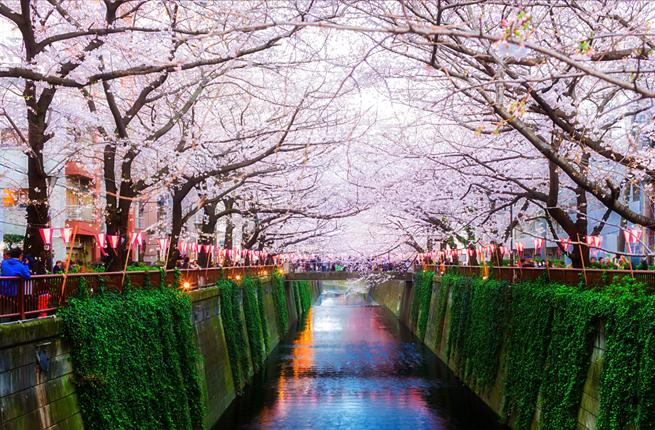
Palace Hotel Tokyo’s Blossoming Tokyo package immerses guests in the beautiful cherry blossoms that bloom throughout the city during the spring months. Over the course of a three-hour tour, guests will be chauffeured to Tokyo’s most scenic sakura-spotting locales in a luxury car.
Interested in taking your Instagram to the next level? The hotel’s concierge can, at an additional charge, arrange for a professional to photograph guests among the blossoms. No filters necessary!
The package (which features additional add-ons such as a workshop on mochi making, a lesson on the art of flower arranging, as well as a seasonal bento box lunch tasting) is available from March 1 through May 31.
To learn more about the Blossoming Tokyo package visit Palace Hotel Tokyo.
PLAN YOUR VISIT with the Tokyo Travel Guide.
Travel Tips
Today Is National Plan for Vacation Day!
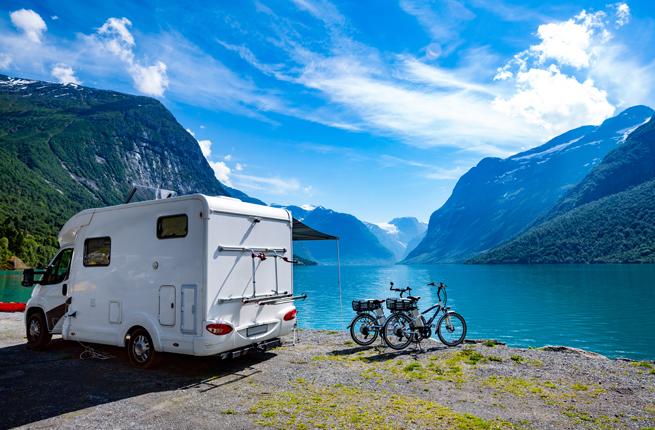
Today marks the first-ever “National Plan for Vacation Day,” created by the organization Project: Time Off, which estimates that 55 percent of employees in America do not use all of their allotted vacation days.
In fact, Americans skipped out on 658 million days in 2015, many of which couldn’t be recouped the next year because they didn’t roll over. What’s the reasoning behind the overzealous work ethic?
For one, employees are glued to their computers and phones, available at all times, and able to work anywhere that has Wi-Fi. We also have fears associated with taking time off: work will pile up while we’re away, or employers will see us as replaceable.
And some of us are bad at planning—by the time we get around to thinking about vacation, our calendar has already filled up for the year. Making time is worth it, though; as it turns out, vacations are actually quite good for employees and have benefits similar to meditation. Many employees found their own concentration had improved and were able to get more done after returning from vacation.
It’s still early days for 2017, so Project: Time Off is urging employees to work out a schedule today, so you can make sure that PTO doesn’t go to waste, even if it means having a conversation with your boss.
Now, the fun part: where should you go with your pent-up wanderlust? Our staff recommends places like Bordeaux, Cape Town, and Kiev, (but maybe skip Dubai and Times Square).
Travel Tips
Test Drive Google’s Totally Amazing Arts and Culture App
Picture yourself standing within inches of Chagall’s magnificent ceiling at the Paris Opéra, examining every last detailed brushstroke of the surrealist masterpiece. Or strolling through the back streets of Paris in the company of urban explorer and photographer David de Rueda. This is the stuff art dreams are made of, experiences that only the luckiest of art aficionados may have the chance to enjoy—if they’re really, really lucky.
But thanks to a new Google online platform, you don’t even need to leave your home to relish in some of the world’s most amazing art. Since not everyone has the time or money to travel the world appreciating global culture or the connections to access such masterpieces, the Google Cultural Institute has partnered with more than 1,100 institutions, making available more than 400,000 artworks and 5 million photos, videos, manuscripts and other documents online, to everyone, for free. And not just make available, but curated with virtual tours, online exhibitions, a searchable database, and a bounty of other ways to experience the world’s foremost cultural treasures. It’s a platform called Google Arts & Culture, available via website and app.
Admittedly, the site is a little confusing to navigate. The best thing to do is just play and see what you discover. You will be rewarded wherever you end up. The homepage changes daily with different features, while the hamburger menu provides navigation to artists, art movements, partner institutions, and the like.
Here’s a primer on the absolutely-do-not-miss highlights.
Explore a Database of Artworks

You can sort through thousands of masterpieces from thousands of museums in more than 70 different countries. Use the search tool to search for anything: shoes, all things silver, Egyptian cats, Bordeaux, whatever you choose. You also can search by artist, medium, art movement, museum (search by partner), even object. Or scroll through an artist’s repertoire by time period (for example, see Rembrandt’s evolution as an artist, one painting at a time, here) or color (see here).
Zoom in to See Masterpiece Secrets
Google has devised advanced technology to hone into the extraordinary detail of images, paintings, artifacts and more, far beyond what you can see with the naked eye. One of the most amazing stories concerns Paris Opéra’s ceiling by Marc Chagall. Chagall’s son, David McNeil, had always heard that his father had painted a picture of him as a baby but he never knew where it was – until they found it embedded in the Paris Opéra ceiling, near the Stravinsky panel, during this Google project. Take a peek here.
Take a Virtual Tour

Get up close and personal to hundreds of art institutions and cultural icons—the Statue of Liberty, Sagrada Familia, Fenway Park—where you can drag your finger around the image and tap to move through an exhibit or location in a museum-themed version of Google Street View. It’s like you’re personally visiting the site, studying what’s on the walls, on the floor, in the next room, whatever interests you, without actually being there. And it’s not just big museums here–check out, for example, the Wyeth-Tootle Mansion in St. Joseph, Missouri. Some also require the use of a virtual reality viewer to enhance the experience (such as Google Cardboard; the website shows you how to make your own; see here).
See Secret Spaces in 360
Join urban explorer and photographer David de Rueda in an exploration of Paris’ secret side in a feature called Curio-Cité, best seen on your mobile phone with a virtual reality viewer and headphones. This is just the first of many such explorations to be created.
Get Good Old-Fashioned Museum Info

Should you be planning to physically visit a museum, you can check opening hours, its location on a map, and daily events.
Enjoy an Interactive Online Exhibit
Google offers a series of different online exhibits in which you can delve into archival materials, objects, and stories typically not available to the typical museum visitor. There are straightforward museum visits as well as curated exhibits centering on various themes. The American Democracy collection, for example, brings together more than 70 exhibits and 2,500 artifacts from 44 institutions dedicated to the preservation of U.S. political history and American democracy. Take a peek here. That said, the behind-the-scenes tour of London’s Natural History tank room, curated by Oliver Crimmen, the museum’s Senior Curator of Fish, has to be one of the more unusual tours you’ll find. Among the things he’ll show you are specimens collected by Charles Darwin during his voyage aboard the H.M.S. Beagle.
Read Fascinating New Stories About Art Every Day
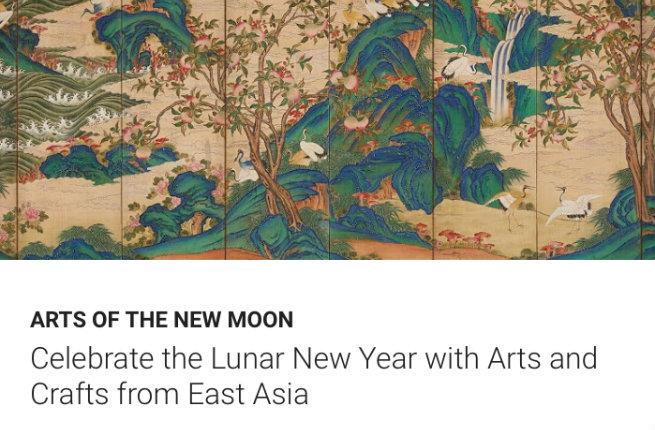
Google experts post featured new stories every day, offering insight (and photos) into different angles of art and culture. Recent ones include: “Weird Histories: The Peacock Room,” exploring the history of Whistler’s beautiful London dining room, currently at home in Washington’s Freer Gallery; ”Virtual Herbal Garden,” taking you to the Hong Kong Museum of Medical Sciences; and “Black and British: A Forgotten History,” a four-part series delving into Britain’s slave narrative. As you will see, these are not light and fluffy fillers!
Enhance a Personal Visit
If you find yourself taking a physical tour of a museum, check out a new feature that several museums are offering through Google Arts & Culture. With Art Recognizer, you point your phone at a painting to access a bounty of info about it. For now, this is available only at Washington, D.C.’s National Gallery of Art, Sydney’s Art Gallery of New South Wales, and London’s Dulwich Picture Gallery. But Google is planning to roll this out in museums around the world, so stay tuned.
There’s Much, Much More
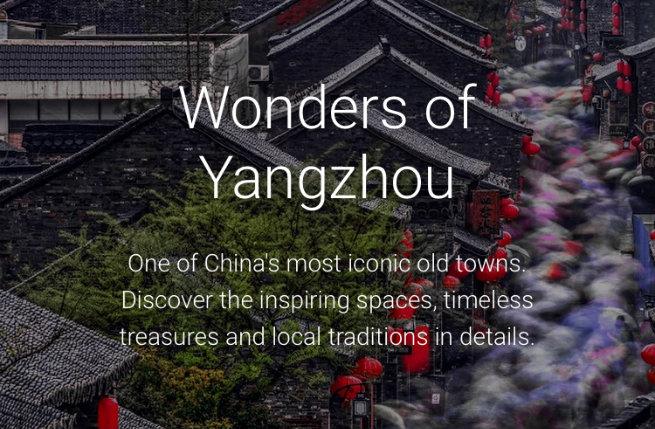
Just play around with the website and you’ll come across all kinds of fascinating offerings. The folks at Google are constantly innovating–there’s even a page that shows their experiments at the crossroads of art and technology. You can bet this site will continue to be massaged and improved upon and enlarged. Stay tuned!
-

 France6 years ago
France6 years agoHotel Maison Montgrand – Vieux Port
-

 United Kingdom6 years ago
United Kingdom6 years agoBritannia International Hotel Canary Wharf
-

 France6 years ago
France6 years agoAppart’City Marseille Euromed
-

 France6 years ago
France6 years agoEscale Oceania Marseille Vieux Port
-

 USA6 years ago
USA6 years agoThe Belvedere
-

 United Kingdom6 years ago
United Kingdom6 years agoBest Western London Peckham Hotel
-

 France6 years ago
France6 years agoAdonis Marseille Vieux Port
-

 United Kingdom6 years ago
United Kingdom6 years agoThe Z Hotel Soho















